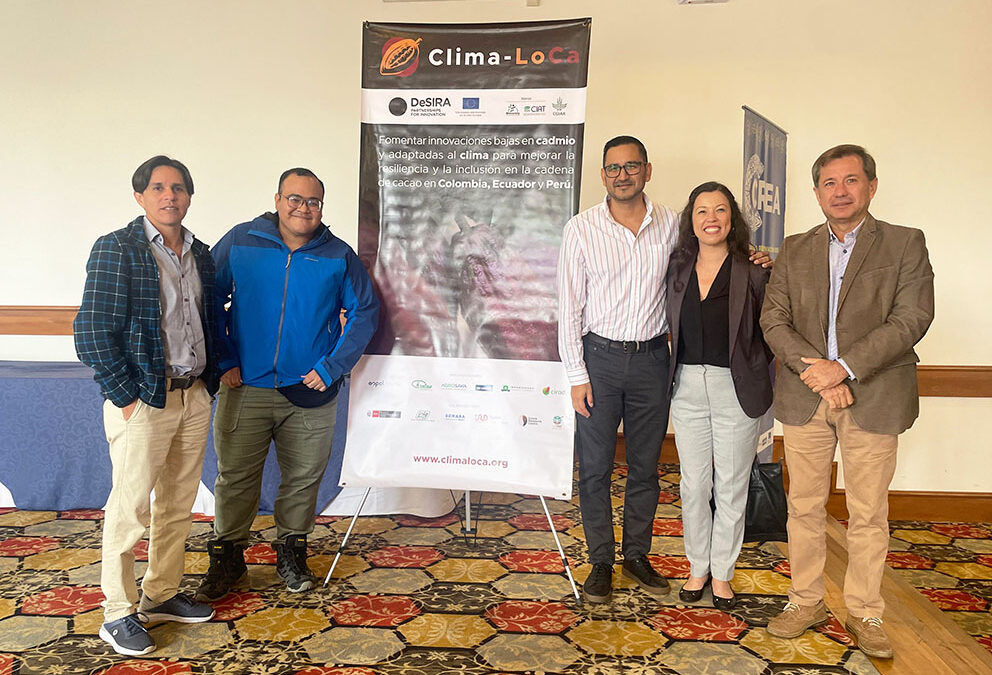With the aim of promoting sustainable practices in cocoa production and mitigating the presence of cadmium (Cd), the CREA and Clima Lo-Ca projects, funded by the European Union, organized the technical workshop “Cadmium Mitigation Results and Strategies and Progress Achieved.” At this event, findings from their research on cadmium concentration in cocoa cultivation were shared, fostering dialogue among key players in the sector.
Research and mitigation strategies
Studies have provided insight into the dynamics of cadmium in cocoa production systems and led to the development of practical strategies to reduce its presence. These actions are essential to improving product quality and ensuring access to international markets, especially the European market.
“Cadmium in cocoa is closely linked to the region of production. While the highest concentrations are found in Latin America and the Caribbean, African countries, which are the main exporters, have considerably lower levels. In this context, applied research is key to ensuring the sustainability of the value chain and the marketing of safe, quality products,”
explains Eduardo Chávez, a researcher at the Escuela Superior Politécnica del Litoral (ESPOL) and a partner in both projects.
The workshop was attended by delegates from the Ministries of Agriculture and Livestock and Production, as well as producers, chocolate makers, exporters, and academics, who will learn about the main actions developed within the framework of this research.
In Ecuador, studies have identified possible natural soil contamination, probably originating in sedimentary rocks. So far, the best strategy to mitigate cadmium absorption is the application of agricultural lime to soils with acidic pH.
Actions of the CREA and Clima LoCa projects
The CREA project, implemented in Ecuador by Rikolto together with a network of local and international partners, seeks to develop strategies adapted to the local context to reduce the presence of cadmium in cocoa, working directly with producers in prioritized areas.
The Clima-LoCa project is led by the Alliance Bioversity & CIAT (Colombia) together with various partners, and implemented in Peru, Colombia, and Ecuador. This project addresses the problem on several fronts, including the geolocation of critical points with high cadmium concentrations, the design of agronomic strategies to minimize its absorption, and the analysis of socioeconomic factors that favor the adoption of practices to mitigate its effects.
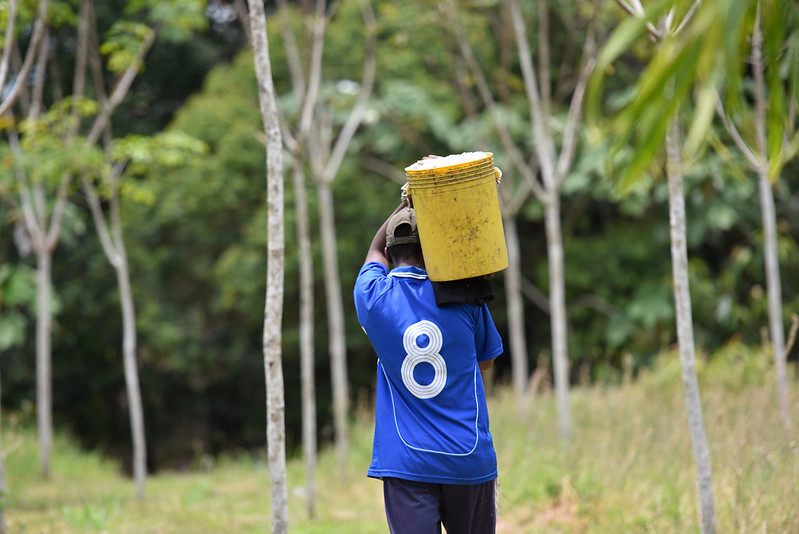
European Union regulations on food imports pose a challenge for cocoa producers in the Andean region. Photo: Neil Palmer / CIAT.
The importance of cocoa in Ecuador and Latin America
Cocoa is a key product for the economies of Ecuador and Latin America. Not only is it a major source of export revenue, but it also has historical significance, particularly following the recent discovery of its center of origin in the Ecuadorian Amazon.
According to the International Cocoa Organization (ICCO), global cocoa production in the 2023/2024 season reached 4,449,000 tons, representing a 9.9% drop from the previous season.
In Latin America, Ecuador produced approximately 430,000 tons, Brazil reached 220,000 tons, Peru recorded 160,000 tons, and Colombia reached 72,000 tons.
The sector faces agronomic and regulatory challenges, especially in complying with the strict health and traceability standards required by the European Union.
“The knowledge generated by these projects will be key to guiding strategic decisions and promoting sustainable expansion of cultivation in Latin America, as well as fostering public policies that reduce cadmium concentration in cocoa,” Chávez emphasizes.
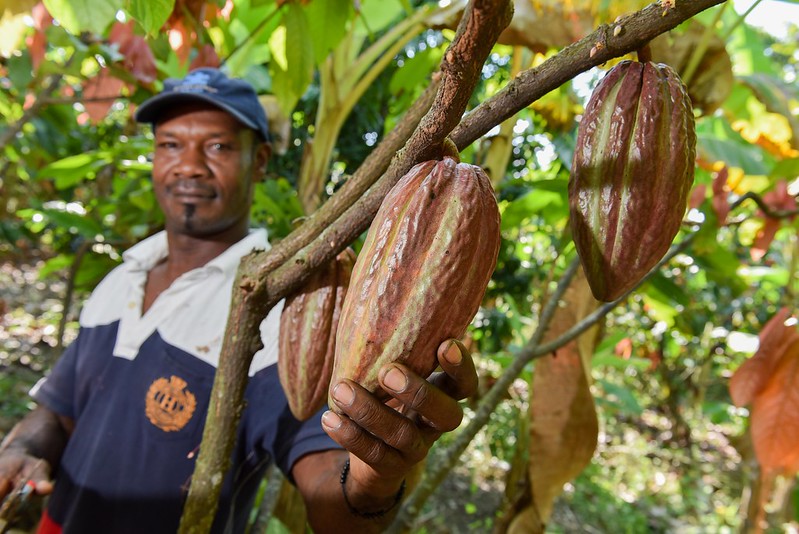
Cadmium is a naturally occurring element found in small amounts in soil, whose accumulation can increase due to natural or human causes, such as mining and fertilizer use. Photo: Neil Palmer/CIAT.
Cadmium regulation and access to the European market
Cadmium is a naturally occurring element found in small amounts in soil, whose accumulation can increase due to natural or human causes, such as mining and the use of fertilizers. Due to its potential health effects, especially on pregnant women and children, the European Union has set strict limits for its content in food.
Regulation (EU) 488/2014, in force since January 2014, established maximum levels of cadmium in chocolate and cocoa powder to protect consumers. Since then, producers must comply with these standards in order to market their products in Europe.
“European regulation represents a challenge for Ecuador, where cadmium levels in cocoa can be naturally high. To address this reality and ensure that Ecuadorian cocoa remains on the European market, it is crucial to have reliable scientific data, and this information is key to defining effective mitigation strategies and guiding state support for the cocoa sector in this area,”
says Johanna Renckens, CREA project coordinator at Rikolto.
Towards sustainability in the cocoa chain
Disseminating research findings is key to enabling all stakeholders in the sector, from producers to policymakers, to take concrete action to reduce cadmium concentrations in cocoa.
“The Clima-LoCa project is based on the premise that agricultural innovations require the participation of various end users to co-develop context-relevant production systems and practices based on solid, interdisciplinary science, while creating an environment conducive to their adoption and scaling up. In this fifth and final year of the project, Clima-LoCa is focusing its efforts on delivering research results and dissemination publications that add value to the cocoa value chain in the Andean producing region,”
says Mirjam Pulleman, leader of the Clima-LoCa project.
Some strategies include:
- Transferring knowledge to producers on proper soil management.
- Continuing research into cocoa varieties with low cadmium accumulation.
- Promoting public policies that encourage planting in areas with low cadmium concentrations.
- Facilitating access to agricultural inputs that help reduce metal absorption.
- Promoting agricultural extension to minimize non-tariff trade barriers.
Cocoa is one of the eight production chains with which CREA works, promoting commercial actions and environmental, social, and economic production standards aligned with the European Green Deal. Ecuador is currently the world’s third-largest producer and exporter of cocoa, with 26% of its national territory dedicated to this crop. According to the Ministry of Agriculture and Livestock, around 400,000 people are involved in its production, 72% of whom are family laborers.
About the event:
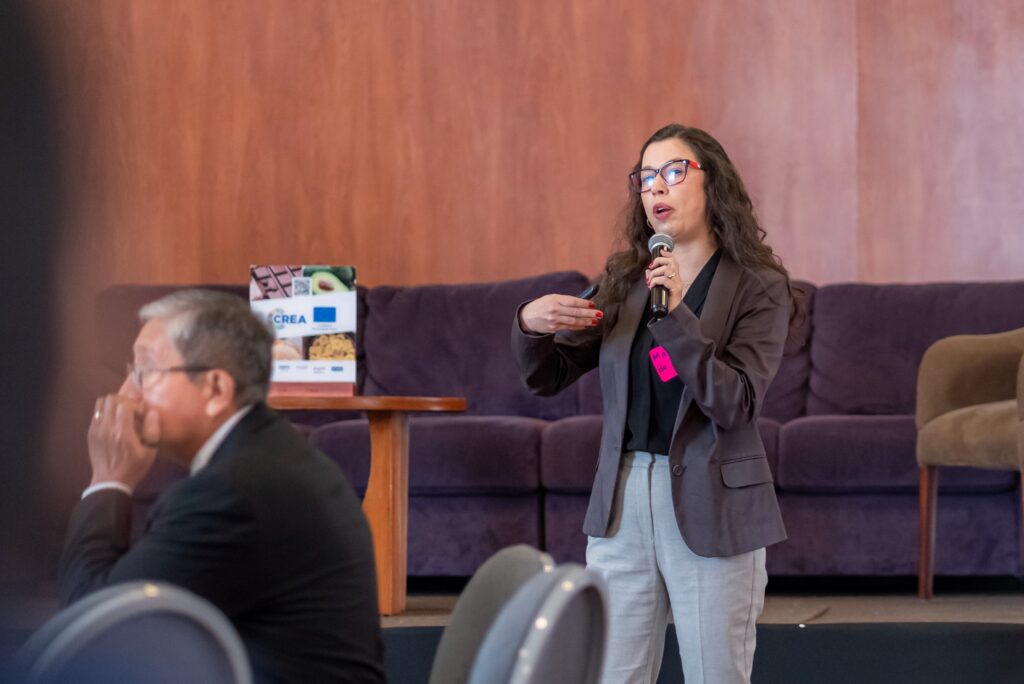
Mayesse Da Silva, senior researcher at the Alliance Bioversity & CIAT, coordinator of the Clima-LoCa project, and focal point for Colombia, participated as its representative during the workshop held in Quito, Ecuador. Photo: Rikolto.
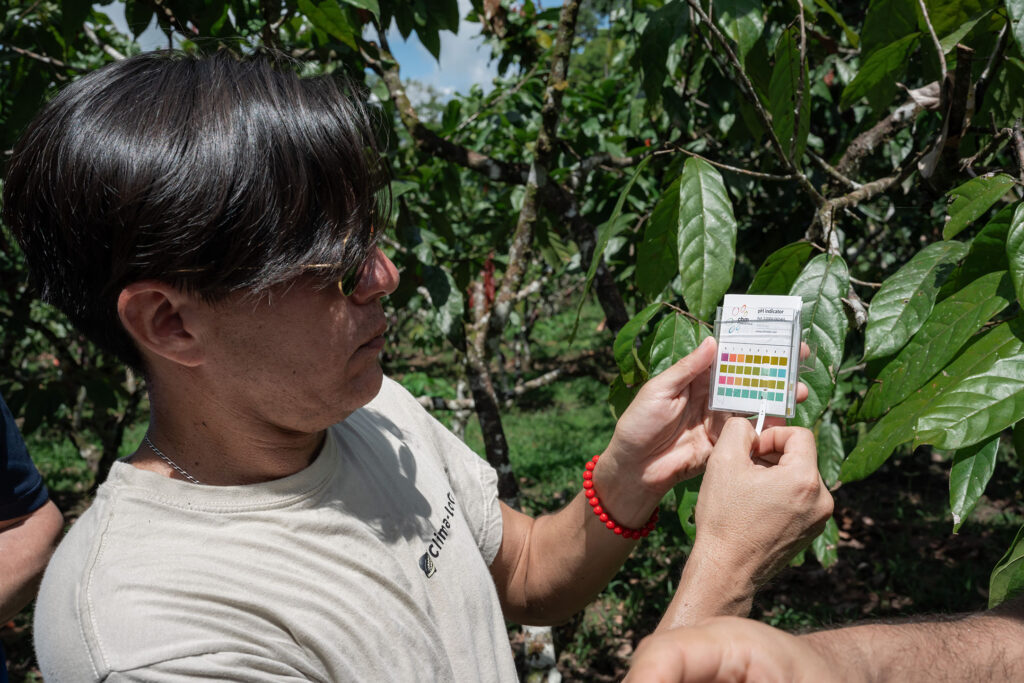
The workshop included a field visit to the city of Tena, Ecuador. Photo: Rikolto.
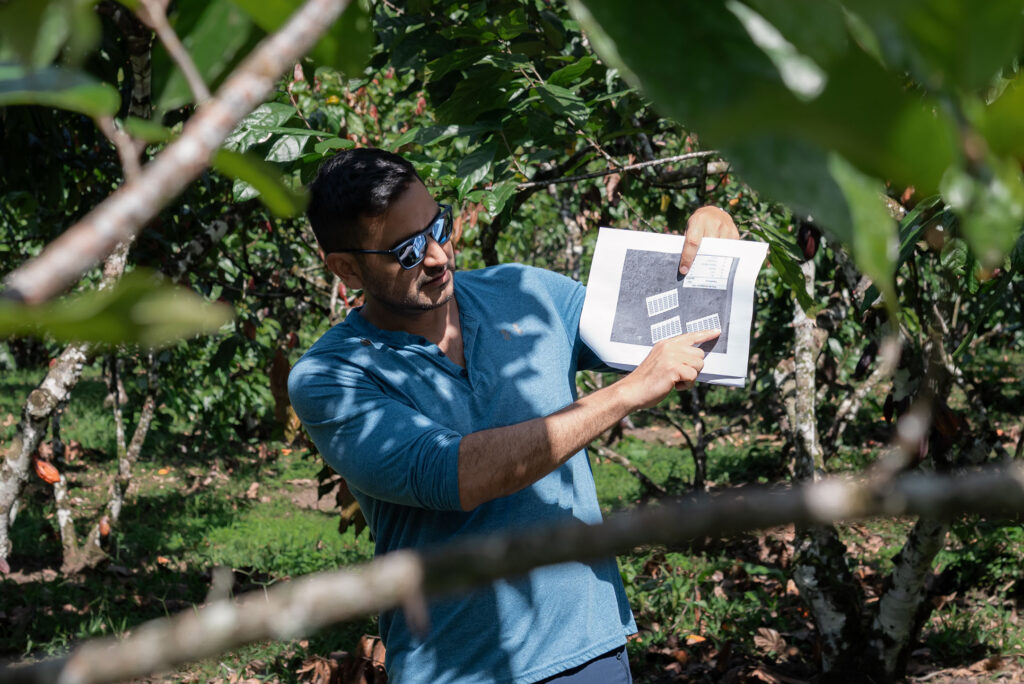
Eduardo Chávez, ESPOL’s focal point in Ecuador, also played an active role in this activity. Photo: Rikolto.
*Note prepared by Isabel Proaño (Rikolto – Ecuador) and reviewed by Carmen Calle (AlliancecBioversity & CIAT).

